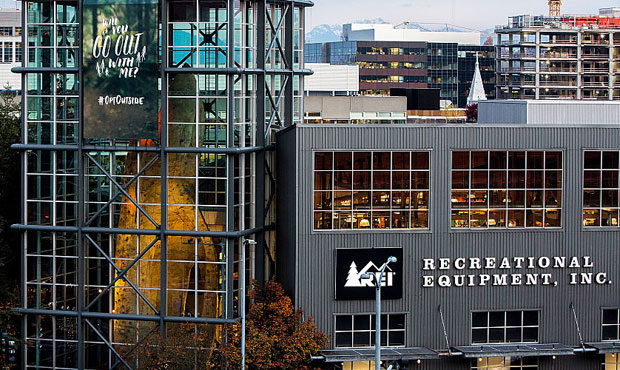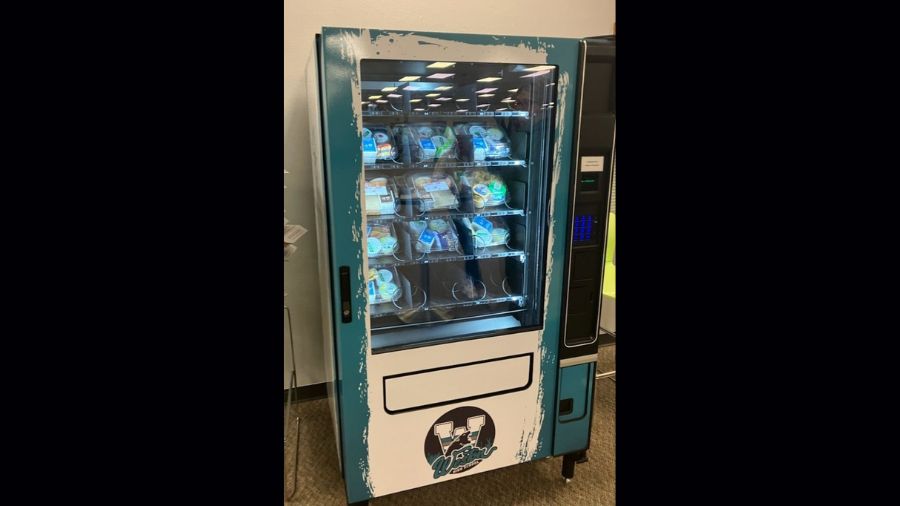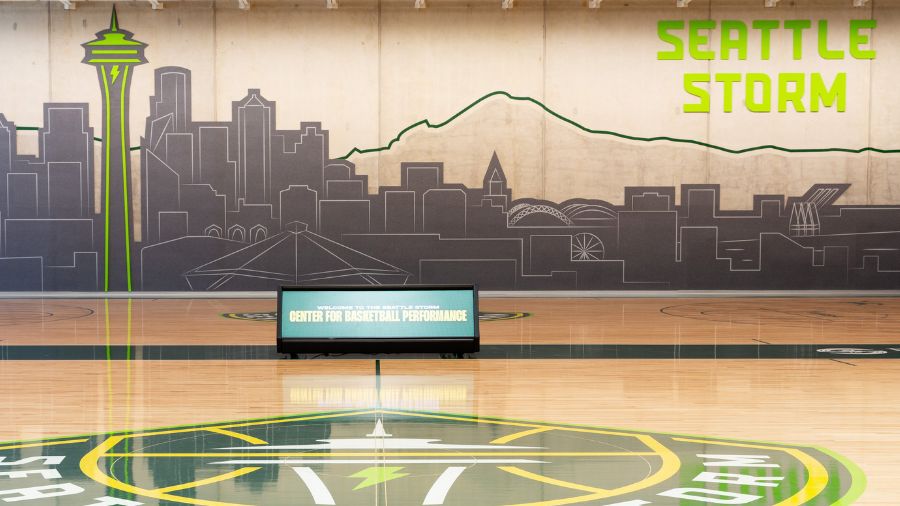REI to ax Bellevue headquarters as it reevaluates remote work policies
Aug 13, 2020, 4:48 PM | Updated: Aug 14, 2020, 7:39 am

REI's Seattle location. (Getty Images)
(Getty Images)
With many companies in Washington unsure when they’ll have employees return to office spaces, REI has reportedly opted to sell its Bellevue headquarters.
Seattle council passes landmark big business tax proposal
The company has had all 1,200 headquarters employees working from home since the onset of the COVID-19 crisis in early March. It’s unclear when they’ll return to an in-person setting, but when they do, REI plans to spread them across a handful of smaller sites across the Seattle area.
“The dramatic events of 2020 have challenged us to reexamine and rethink every aspect of our business and many of the assumptions of the past,” REO President and CEO Eric Artz told employees in a video call first reported by the Seattle Times.
REI’s eight-acre Bellevue campus has never actually housed the company’s employees, having only recently entered into the final stages of construction in the city’s 36-acre Spring District development. According to the Times, there are “multiple interested parties” looking to purchase the space, including Facebook. The social media giant already has other leases in the Spring District, spanning 325,000 square feet of office space in Block 6 of the complex, 338,000 square feet in Block 16, and 200,000 square feet in Block 24.
Block 16 will finish construction and open up in 2020, while Block 24 is scheduled for 2021. By 2023, Facebook will be completely moved into its already leased Spring District buildings.
Opinion: It’s time to stop letting Amazon hold Seattle hostage
This all comes as many tech companies have been reevaluating their remote working policies amid the ongoing pandemic. Amazon recently extended its work-from-home allowances through the remainder of 2020, following suit with similar policies from both Facebook and Google.
REI hasn’t yet intimated what its own plans will be for remote workers, but a spokesperson did tell the Seattle Times that the company’s goal is “to create max flexibility so employees can interact with our physical office space in whatever way works for them.”












